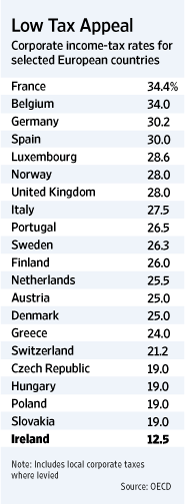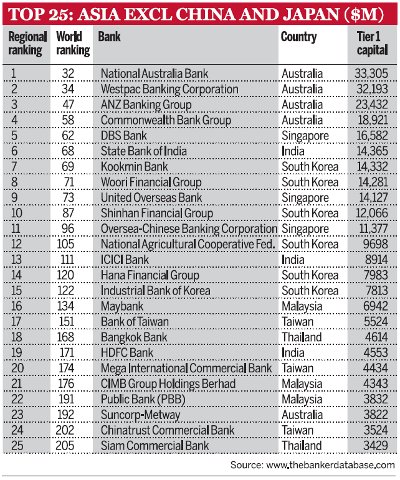The main Peruvian equity index IGBVL has climbed over 27%Â in the last two months due to rising metal prices. Yesterday the index closed at 19,499. During the credit crisis the index reached just below 6000.
The Peruvian market has been on an upward trend since September. Last year the market went up 100.99% in local currency terms completely erasing the losses of 2008. According to a CEIC Macro Watch report, analysts expect the momentum in the mining sector to continue and also the strong macroeconomic foundations of the domestic economy to benefit equity prices.
Some of the Peruvian stocks that are listed in the US are Compania de Minas Buenaventura (BVN) and Creditcorp Ltd. (BAP) on the NYSE and Cementos Lima (CEMTY), Ferreyros (FERXY) and Grana y Montero (GRYMY) on the OTC market.
Compania de Minas Buenaventura (BVN)Â is Peru’s largest publicly-traded precious-metal mining company engaged in the extraction of silver, gold, zinc, lead and copper. BVN’s 5-year average annual growth rate is about 22%.
Credicorp Ltd. (BAP) is a financial services holding company that operates in the banking and insurance sectors. The stock more than tripled form its March 2009 lows of about $35 and closed at $126.40 yesterday.
Cementos Lima(CEMTY) is cement, ready-mixed concrete, and brick maker.The company also mines lime and gypsum and imports coal and resells whole or pulverized coal. Year-to-date the stock is up over 64%.
Ferreyros(FERXY) is an importer of industrial engineering goods such as Caterpillar bulldozers, Massey-Ferguson tractors, etc. YTD the stock is up over 83%.
Grana y Montero (GRYMY) is a construction and materials company with operations in building projects, toll roads, etc. YTD the ADR has shot up by about 137%.
Another easy way to gain exposure to the Peruvian market is via the iShares MSCI All Peru Capped Index Fund (EPU). The fund has an asset base of about $427M and holds 26 companies with the materials industry accounting for about 60% of total holdings.
Related:
Investing in Frontier Emerging Markets (Bloomberg Businessweek)

